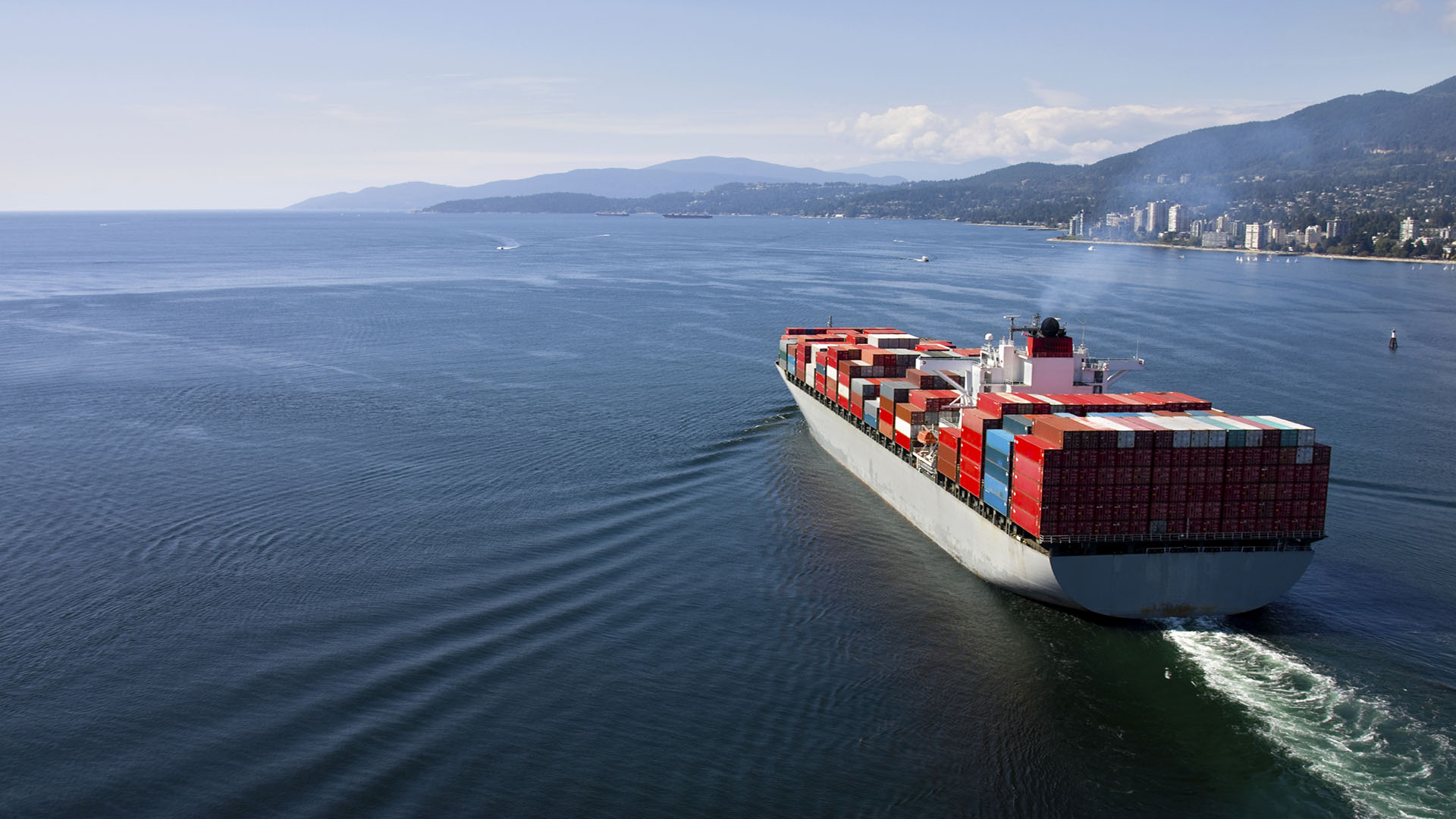
Cargo shifted during North Atlantic crossing
A vessel carrying paper rolls from Canada to Europe encountered significant cargo damage during a winter crossing of the North Atlantic. During loading, stevedores left substantial void spaces between the stacks and inconsistently loaded the rolls in terms of height and width. The Chief Officer raised concerns about the poor loading quality, but the stevedores threatened to halt operations and involve the union if he insisted on changes. Intimidated and concerned about potential delays, the Chief Officer chose not to escalate the issue to the Master or the company, which lacked procedures for resolving such disputes.
Relying on past voyages where similar void spaces were mitigated with air cushions, rubber bags, and use of the anti-heeling system, the crew departed without adequately securing the cargo or reviewing the weather forecast. Severe conditions were reported as the vessel approached
the North Atlantic, but the Master, underestimating the risks, delayed activating the anti-heeling system and did not implement additional securing measures. As the vessel encountered force 9-10 winds and 6-meter seas, it began to heel heavily, with rolling exceeding 30°.
The shifting cargo created a hazardous situation. The crew’s attempts to stabilize the stacks using air cushions and rubber bags were ineffective due to the excessive void spaces, and the risk of serious injury forced them to abandon their efforts. An AB was stationed in the hold to monitor the situation, compounding safety concerns. Eventually, the Master activated the anti-heeling system and adjusted the vessel’s stability and speed, but these measures came too late to prevent extensive damage to the cargo.
Questions
When discussing this case please consider that the
actions taken at the time made sense for all involved. Do
not only judge, but also ask why you think these actions
were taken and could this happen on your vessel?
- Is there a risk that this kind of accident could
happen on our vessel? - What specific steps could have been taken to
prevent the shifting of the cargo? - How can officers be empowered to report concerns
about third parties such as stevedores? - What procedures could be implemented to address
disputes between crew and stevedores? - How should the crew have used weather forecasts
to prepare for the heavy weather?
6. What training or support could have helped to
better understand the anti-heeling system?
7. What measures should be in place to protect
crew members when attempting to secure cargo
during heavy weather?
8. Were the actions taken by the crew after the
cargo started shifting sufficient, and what could
have been done differently to mitigate damage?
9. What sections of our SMS would have been
breached if any?
10. Do our procedures make sense for the work we
actually do?
11. Is our SMS sufficient for preventing this kind of
accident?
12. What can we learn?

MSS Case March: Cargo shifted during North Atlantic crossing
Poor loading practices, crew hesitation, and delayed stability measures led to severe cargo damage on a vessel crossing the North Atlantic. Extreme weather exposed critical weaknesses in securing procedures, creating hazardous conditions. This case underscores the need for proper cargo securing, crew empowerment, and clear dispute-resolution protocols.
For more Loss Prevention information, please contact:
Joakim Enström, Loss Prevention Officer
E-mail: joakim.enstrom@swedishclub.com
Each month, the Club’s Loss Prevention team issues a new safety scenario to assist members in their efforts to comply with international safety regulations and follow best practices.